Nigeria is on auto-replay. Events of the past find a clever way of repeating themselves. Very few things that happen in this African giant are new. Conversations around the naira and dollar are definitely not new, and we are back at a familiar junction: let’s call it the naira devaluation avenue.
On Monday, at the midterm review of President Muhammadu Buhari’s second tenure in office, the conversation about naira devaluation found a good place to grab centre stage. For about 45 minutes, Vice-President Yemi Osinbajo explained how the country’s Economic Sustainability Plan helped Nigeria get out of recession. At the end of his presentation, Osinbajo told a hall full of ministers, captains of industries, diplomats, and civil servants, how he expects the Central Bank of Nigeria to devalue the naira to reflect the state of the market.
The professor of law did not mince words when he said the CBN’s demand-management strategy needs a rethink.
“As for the exchange rate, I think we need to move our rates to [be] as reflective of the market as possible. This, in my own respective view, is the only way to improve supply,” Osinbajo said.
Advertisement
“We can’t get new dollars into the system, where the exchange rate is artificially low. And everyone knows by how much our reserves can grow. I’m convinced that the demand management strategy currently being adopted by the CBN needs a rethink, and that is just my view.”
The boldest part of Osinbajo’s call for devaluation was that he did it right before his principal, President Muhammadu Buhari. Buhari is known to be against the devaluation of the naira, even when market forces clearly necessitate the shift.
WHAT HAPPENED WHEN OSINBAJO CALLED FOR DEVALUATION IN 2016
When Buhari and Osinbajo took office in 2015, one of the first demands of the investing community was for the government to devalue the naira and maintain a single exchange rate system. President Buhari strongly opposed this position. He famously said he will not kill the naira.
Advertisement
Osinbajo stood with Buhari. He told diplomats that Nigeria will not be devaluing the naira, suggesting that devaluation was not the solution to the currency crisis.
“I don’t agree on devaluation and it is not that I am doctrinaire about it. In the first place, it is not a solution — we are not exporting significantly. And the way things are, devaluation will not help the local economy,” he told ambassadors from Italy and Canada, who visited him in October 2015.
Some months down the line, the vice-president who chairs major economic committees in the Buhari government, called for a “substantial revaluation for the foreign exchange policy”.
“There has been a sharp decline in foreign exchange earnings. The executive is not responsible for monetary policy but we have made the point clearly that demand management will not take us out of the woods,” he said in May 2016.
Advertisement
Just as Osinbajo said in 2016, he has said again in 2021 that the CBN’s “demand management” strategy needs to be reevaluated.
A month after Osinbajo’s call in 2016, the CBN removed its peg on the naira from 197 per dollar. The local currency went as high as 283 per dollar in a matter of hours. Osinbajo said this would help boost dollar supply and encourage capital inflows. He was right. Nigeria recorded a 138.7 percent increase in inflows. But the story did not end there.
What 2016 teaches us about 2021
If we follow the 2016 script to the letter, then the authorities would walk back on this call for devaluation starting from today. We would find many reasons why devaluation is bad for the economy. But the devaluation will eventually happen.
Look at it like this; we are back at that time in 2015 when the official rate of the dollar was N197, and the parallel market rate was N260. There was more than a 20 percent gap between the parallel market and the official side. Today we have 411 vs 570, which is also more than a 20 percent gap.
Advertisement
If the CBN goes with Osinbajo’s suggestion to “move our rates”, what immediately happens is that we see a devaluation at the official market, which may drive up prices of goods and services in the short term. If the CBN employs some of the lessons from the past, it can strengthen the naira at the parallel market. The naira will dramatically recover from N570 per dollar to anywhere between 450 and 500. There would be a unification of rates at a new midpoint. But the big question is: what happens next?
After the 2016 devaluation and some sort of unification, the parallel market began to shift again. The CBN adjusted for unification. By 2017, the parallel market had taken the naira to 520 per dollar. CBN had to devalue again to 360 to firm up rates. The naira recovered from 520 to 360 at the parallel market. But this was not sustainable due to the nature of the Nigerian economy.
Advertisement
Since 2017, we have moved from a unified 360 to 570 as of Monday. If we devalue again, the naira will firm up for a bit, and if we don’t do something different with the economy, we would be back again at devaluation avenue in a few years. That is how the Nigerian auto-replay works.
You can reach ‘Mayowa on Twitter @OluwamayowaTJ
Advertisement
3 comments
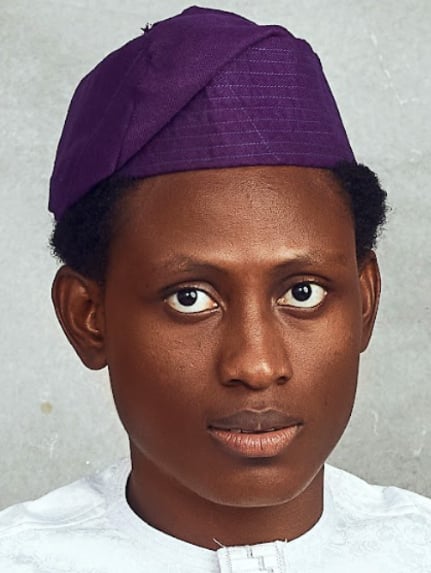

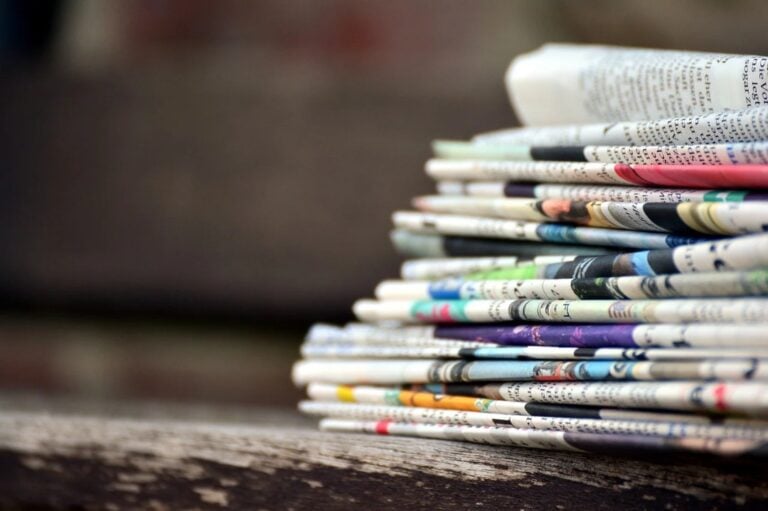
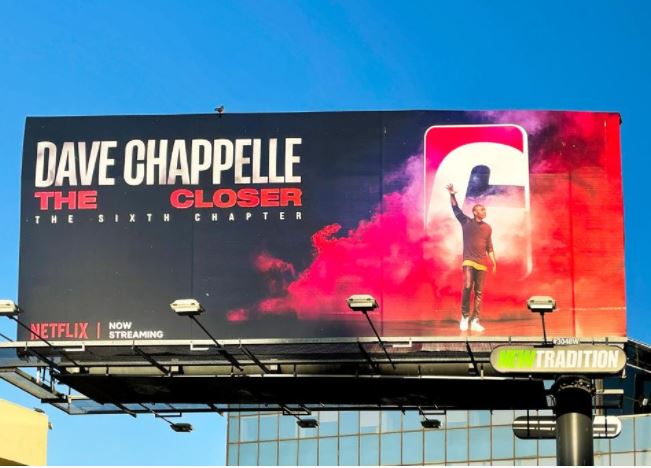

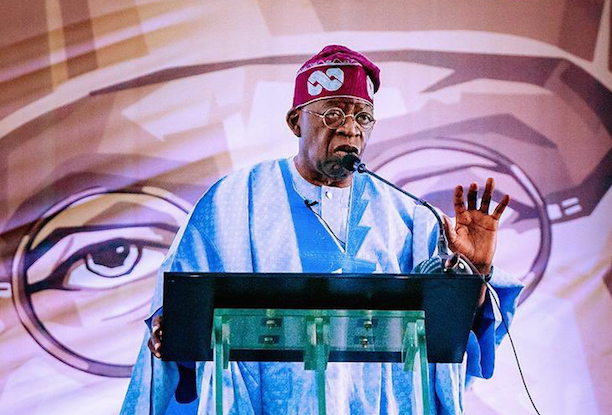
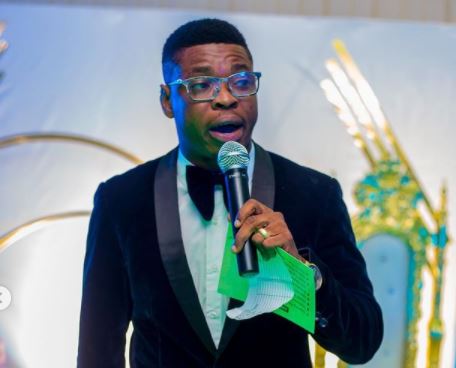
Then naira continues to undergo devaluation upon devaluation until we become self reliant.
I always enjoy your style of writing. So intelligent, simple, entertaining yet highly educative.
Keep it up bro.
Very correct analysis of the situation. I think government should strengthen the export sector instead.